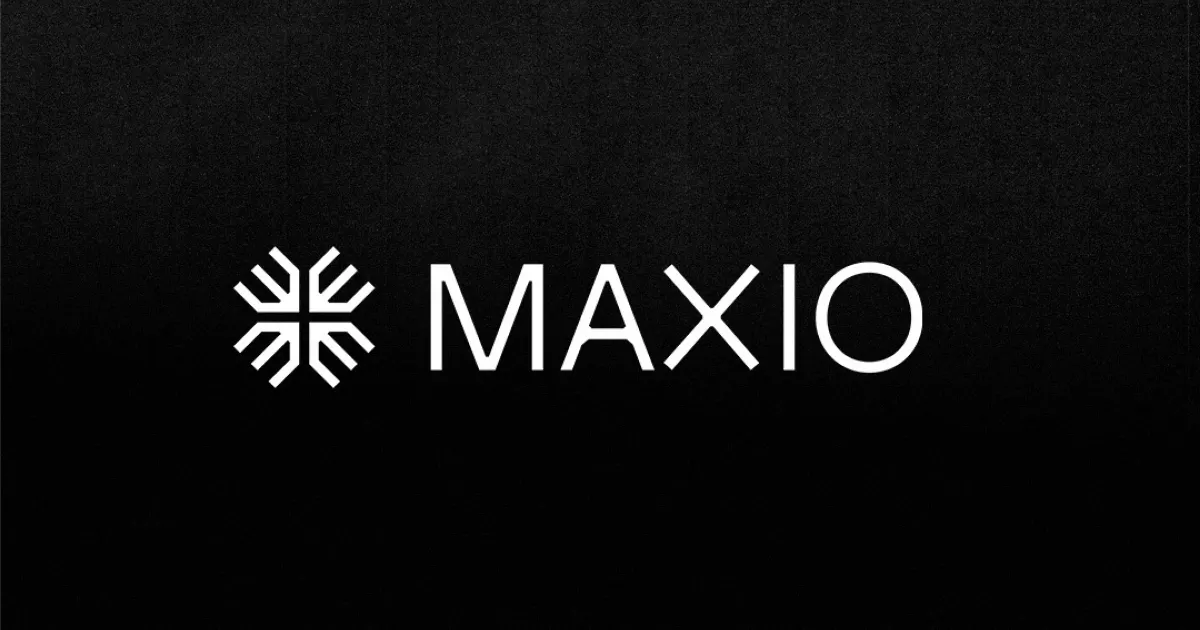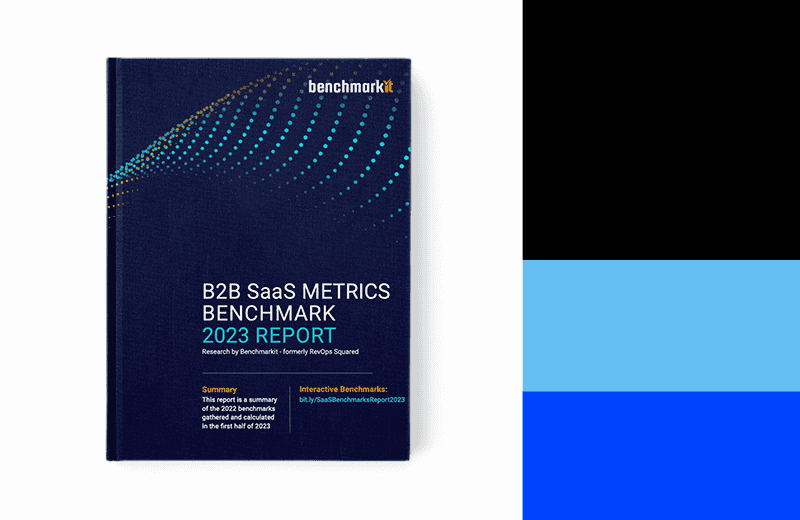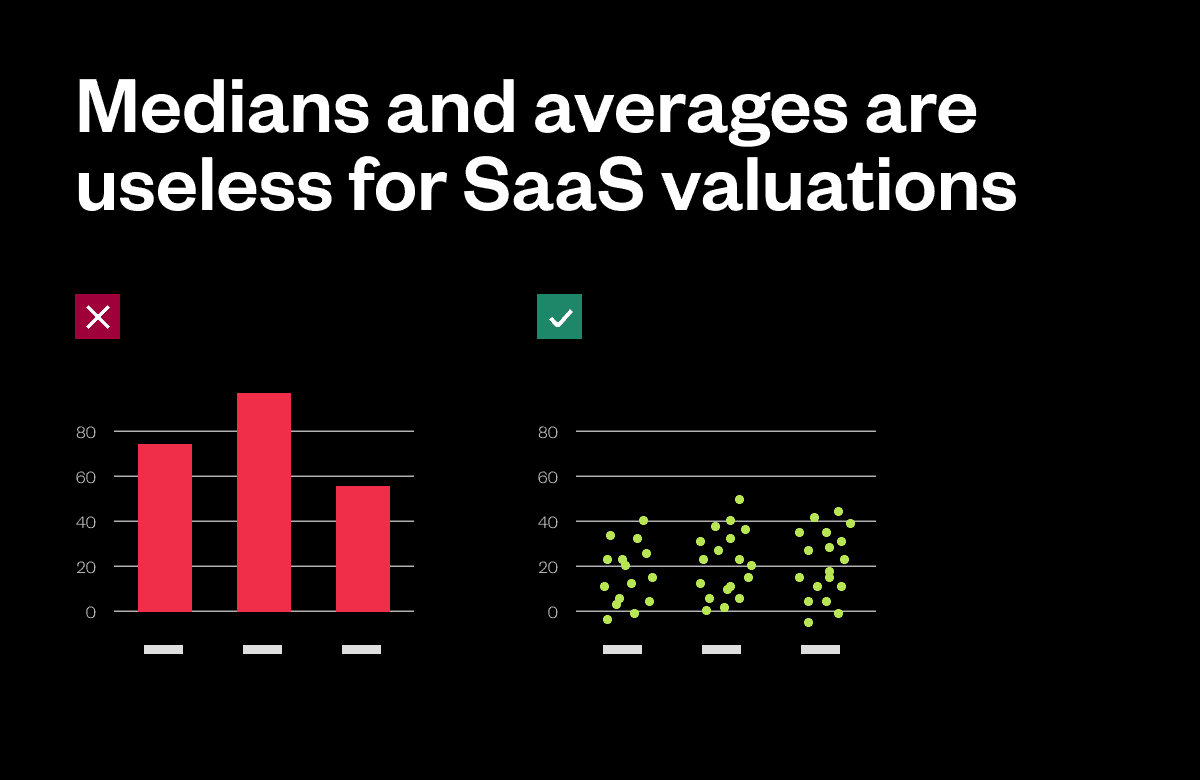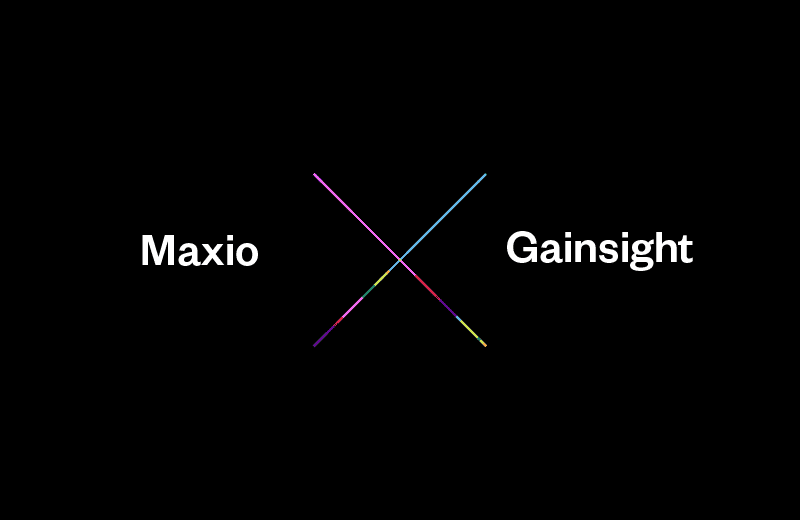How long is a startup a startup? We found ourselves asking this question in a marketing meeting not too long ago. It came up because people regularly refer to Maxio as a startup, but our company has been around since 2009. Are we still a startup? I don’t think so.
There are specific stages a software-as-a-service (SaaS) company moves through during its life cycle.
The first thing you may think, as we did, is “Does it matter? Do you really need to know what phase your company is in?”
According to a study by the Startup Genome Project of more than 3,200 startups, they found that “70% [of startups] fail because of premature scaling.” Understanding which stage your SaaS business is in can help determine the appropriate time to scale to the next phase—and do so successfully.
In this post you’ll learn how to identify each SaaS stage, what you should be focused on in each stage, and when is the right time to scale. The four major SaaS life cycle stages we’ll cover:
- Pre-startup
- Startup
- Growth
- Maturity
Hopefully the information below will help you avoid premature scaling. Let’s get started.
Pre-Startup
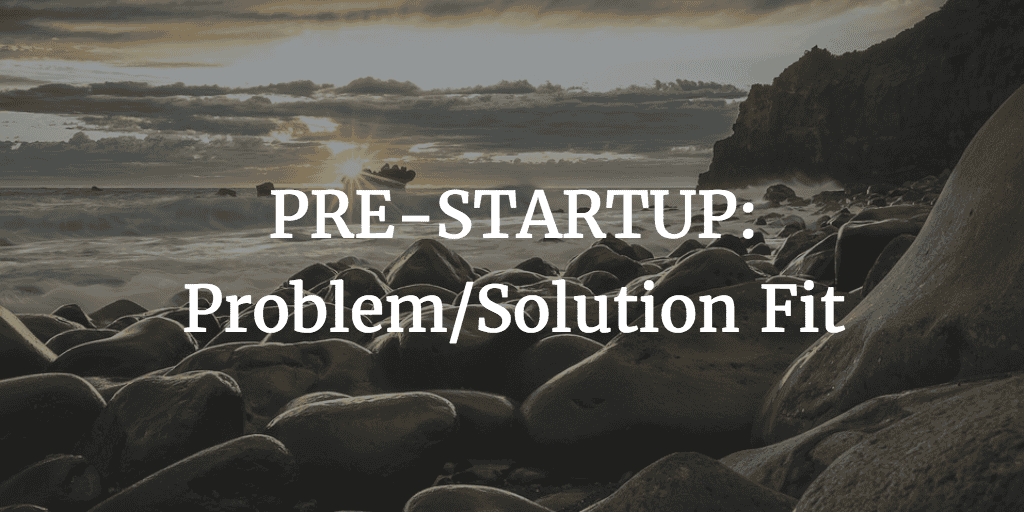
You may also hear this stage referred to as discovery, vision/mission, or problem/solution fit.
During the pre-startup stage, a SaaS company should be focused on identifying a problem and how your service provides a solution to that problem.
“At this point, you are trying to work out whether or not you are solving a problem. It involves a lot of research, reading and discussion. And, realistically, you don’t have to quit your job to do it. Find out that a problem exists before you dive into the deep end,” explains serial startup founder Leticia Mooney.
Common activities your SaaS should focus on during the pre-startup stage can include:
- Talking to potential customers
- Seeking financing from friends and family
- Establishing relationships with advisors and/or mentors
- Joining an incubator or accelerator group
- Creating a minimum viable product (MVP)
You should also be aware of the common risks your SaaS faces during the pre-startup stage.
The “primary risk [during pre-startup] is the failure to design a business plan and strategy that will enable the company to become profitable as it makes sales and earns revenue. Other significant risks include a dependency on seed money to cover operational costs for a longer period than anticipated, or a lack of funds to cover rising employee and infrastructure costs,” according to Andrew Armstrong, founder of KickStart Search.
Finally, how do you know when it is time to move your SaaS forward to phase two?
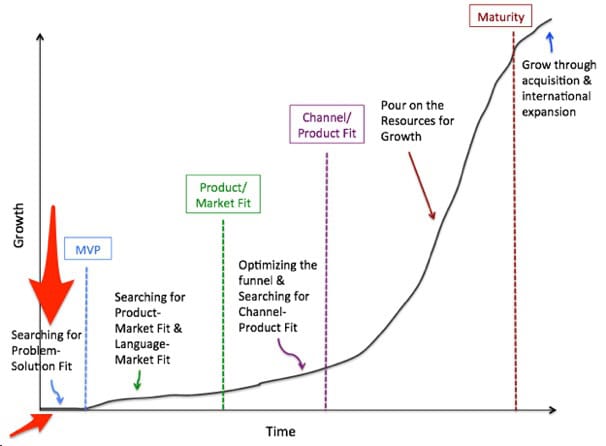
“Ask yourself two questions: ‘What problem am I compelled to solve?’ and ‘Does my proposed solution solve it effectively?’ If you have a clear answer to the first question and a confident ‘Yes’ for the second, then you’ve got problem/solution fit and a hypothesis, and it’s time to start pressure testing your idea,” advises growth marketing consultant Lauren Bass.
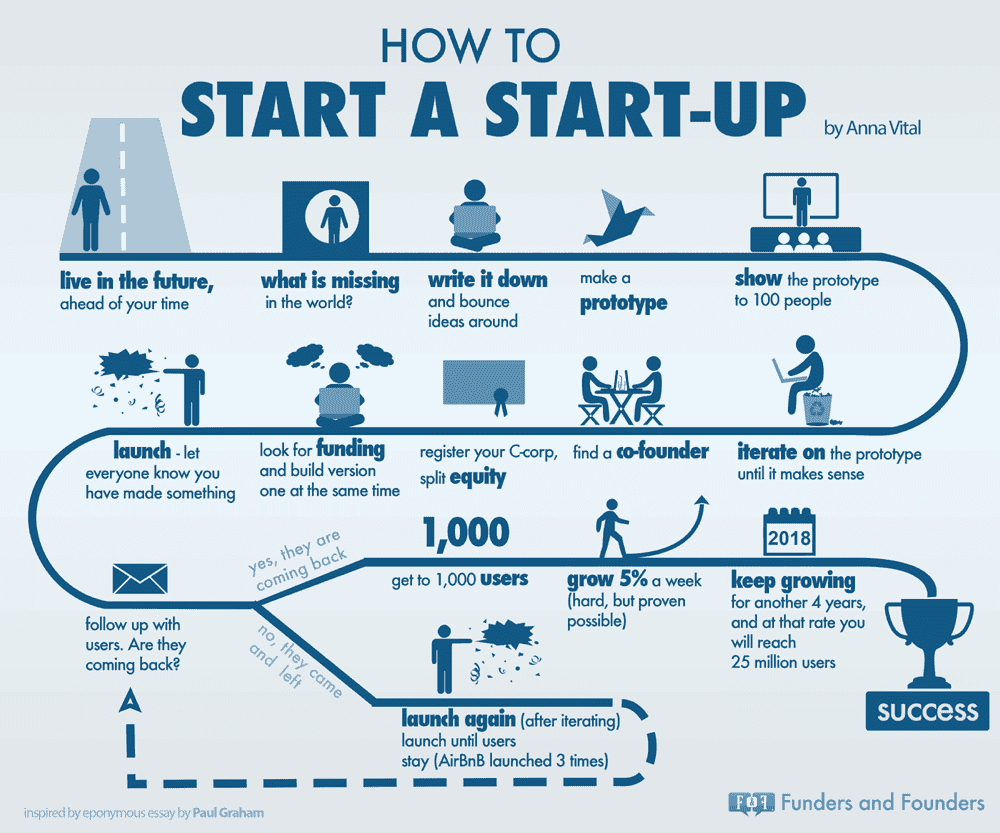
Startup

You’ll also hear this stage called validation or the product/market fit stage.
As those names indicate, in this phase a SaaS company’s focus should be on finding product/market fit. While it may seem counterintuitive, you should avoid focusing on how to scale at this point. We’ve gone into detail on how to find product/market fit in a previous post, so here we’ll concentrate on the important details of this stage.

Common activities you should focus on in the startup phase include:
- Refining product/core features (this may involve pivoting to achieve product/market fit)
- Finding channel/market fit
- Establishing/implementing metrics and analytics**
- Making key hires
- Securing first paying customers
- Securing angel/seed money
**We should note that utilizing Sean Ellis’s product/market fit survey, NPS (net promoter score), and activation and retention rates are important elements of implementing metrics and analytics. The higher the activation and retention rates, the greater the indication that this is a must-have product. Those activities are discussed in detail in “Finding Product/Market Fit: When To Stand Firm & When To Pivot.”
As to gaining your first paying customers, “There isn’t a hard-and-fast number, but you need enough users moving through so you can see whether people are sticking around and using your product or abandoning it,” says Morgan Brown.
If you seem to be gaining traction, now would be a good time to solve the problem of recurring billing, which most SaaS business models rely on. After all, that monthly recurring revenue is the engine that makes a SaaS business work. In the early going of a SaaS startup, it’s important to concern yourself with almost anything other than writing an app to charge folks each month—that’s where Maxio comes in. Our recurring billing services let SaaS companies focus on their business and customer acquisition instead of the nuts and bolts of billing.
You may be less familiar with the concept of channel/market fit than product/market fit. At the startup stage, you’ll want to address both.
“Channel/product fit is all about using a process of channel discovery to find the highest yield and most efficient avenues for reaching your target customers,” says Bass.
In practice, this means understanding some typical risks and concerns:
- Failing to identify the best customers/target audience for your product
- Thinking too broadly about who your target customer is**
- Gaining an insufficient number of customers to create cash flow needed
- Making hiring mistakes early on that have costly impacts on the company
- Spending too much on customer acquisition before product/market fit
- Not pivoting when it’s needed
- Expanding into a narrow market that is already oversaturated with competition
**Side note: Bass explains why broad target market definitions are a concern to be aware of: “You MUST be hyper specific here. For user acquisition purposes, your target customers are NOT ‘working mothers or marketers’ (they may be exactly that for the sake of fundraising, since you need to demonstrate a huge addressable market for your product). Here’s an example: in the beginning, New Relic didn’t see their target customers as developers. They zeroed in on Ruby on Rails developers as their early adopters and became a voice within that very niche community. Later they expanded to serve a larger population of developers as they scaled.”
The focus at the startup stage is not on scale, but New Relic was savvy in that early phase to narrowly define their target market, which helped them find continued success as they scaled in later stages.
It can be very tempting to move to the next phase too quickly. Resist. “Startups need 2-3 times longer to validate their market than most founders expect. This underestimation creates the pressure to scale prematurely,” according to the Startup Genome Project.
Stepping Stone: Efficiency/Process Improvement

Efficiency/process improvement is a stepping stone along the way to the next major SaaS stage. “The goal here is to build a base of loyal, passionate and successful customers to establish credibility while preparing the startup for full-on growth,” writes entrepreneur Mark Birch.
Common activities your SaaS should be focusing on during the stepping-stone stage can include:
- Clarifying value proposition
- Refining customer experience/onboarding
- Funnel optimization**
- Achieving viral growth
- Finding the channels that allow you to scale customer acquisition
- Identifying a repeatable sales process (this is mission critical!)
**For more information about optimizing the customer life cycle funnel from first touch to paying conversions and beyond, check out our post: “Master The SaaS Customer Lifecycle Funnel: Acquire, Retain, Engage.”
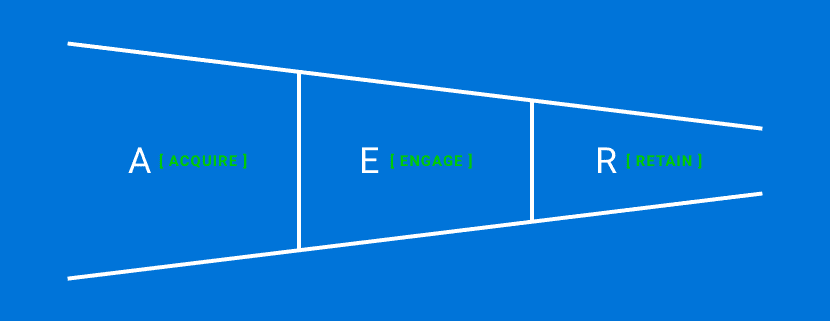
Typical risks and concerns to be aware of during this phase include:
- Not pivoting when needed as the market changes
- Expanding “to exploit a company’s accomplishments…rather than keeping the company stable and profitable” (Armstrong)
Once you’ve successfully found product/market fit and made initial processes more efficient, your SaaS company is ready to scale to the next stage: growth.
Growth
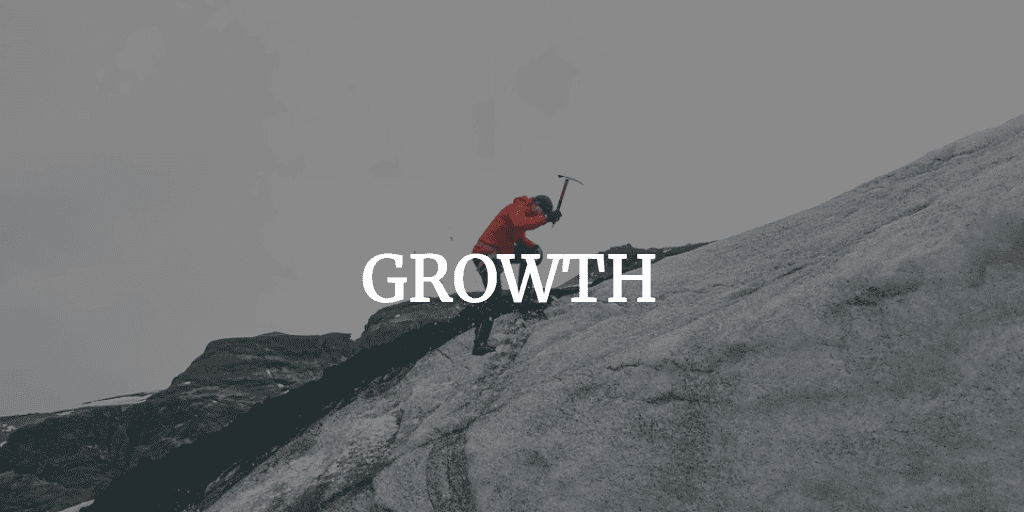
Congratulations, you’re growing! In this SaaS stage, “You have a product and market fit. You know it works. You’ve got the process to a point where you’re driving traffic, leads and conversions. So you move into top gear and drive acquisition quickly, efficiently and smartly,” says Mooney.
For enterprise tech startups, this step “defines the true market challengers and when the startup evolves from a scrappy startup to an actual business that has a clear understanding of [the means] and the cost of acquiring customers,” writes Birch.
Industry-wide, there is some disagreement about whether “scale and establishment” is its own distinct phase or if it falls under the umbrella of “growth,” such as in Startup Commons’ model below:

For the purposes of this blog, we agree with the latter.
At the growth stage, some companies will find themselves needing to shift focus from revenue growth to profitability. Alternatively, your SaaS may need to focus on raising the capital required to support aggressive customer acquisition and scaling.
Some of the common activities at the growth stage include:
- Seeking Series A funding
- Aggressively acquiring customers
- Hiring executives
- Scaling improvements on the back-end
- Gaining a deeper understanding of A/B testing and conversion optimization**
- Have an established, repeatable sales process
- Ensuring your product, marketing and sales teams are aligned
**BigCommerce cofounder Mitchell Harper points out that “improving your visitor to trial conversion rate by just a few percent can have a huge impact on your revenue, so getting an intimate understanding of conversion rate optimization and split testing during [this phase] should be a top priority.”
At Maxio, we agree. That’s why we’ve built subscription management capabilities into our platform. They can help you flip a trial-based customer into a paying one. With our email automation logic, you can have a staged email drip campaign to inform those customers that their trial is ending. We also offer other logic to communicate with your customer throughout their life cycle and cultivate that relationship. Messages can include:
- Welcome email at signup
- Upcoming renewal notice
- Receipt after transaction
- Card-on-file expiration
- Payment overdue
Scaling is expensive because your costs increase as the number of customers you support grows. In the graph below, Groove illustrates their scaling expenses as the company grew. The company provides the following advice: “Be careful not to let your costs scale faster than your revenue.”
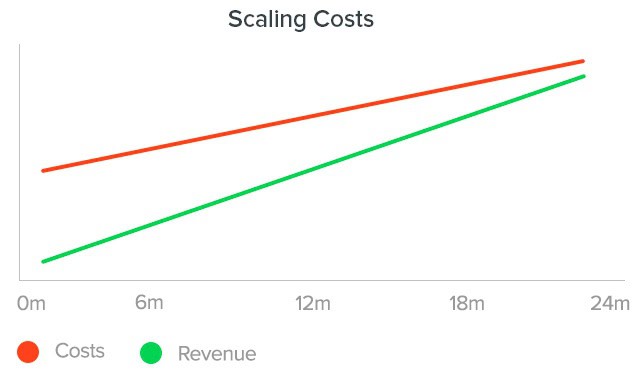
You should also be aware of the following risks and concerns in the growth stage:
- Insufficient cash to handle the costs associated with growth
- Inability to get “costs lower than revenue at scale” (Startup Genome Project)
- Failure to focus on your business model
- Hiring mistakes (at this stage bad hires can harm company culture)
- New competitors copying your business model**
- Scaling prematurely
- Amplified issues of cash burn and working capital needs (Destin)
- The difficulty of “getting things done” as you increase the number of employees
- The need to shift developer focus***
**”The first two stages are easy. The third stage is when other people can see what you are doing and now other companies try to copy and destroy you,” explains Airbnb cofounder and CEO Brian Chesky.
***As Groove scaled, they found themselves forced to shift developer attention. CEO Alex Turnbull explains “more customers means more bugs. And more bugs means less time for our team to work on everything else.”
Metrics are key in every SaaS stage, and at this step the data will determine when your company is ready to move on…
Maturity

In the maturity stage, “customers know what they bought. How your services are used/consumed and what your product will do for them have been defined/documented. Ninety-five percent of outcome scenarios fall into an operational bucket and are delivered consistently, at scale. Your departments’ and organization’s products/services have a known set of predictable measures,” according to Alexander A. Sulpasso, Vice President of Operations at Guilford Savings Bank.
At this stage the growth of your SaaS will slow, but it should never completely stop.
Here is some of what you’ll focus on during the maturity stage:
- Looking for opportunities to grow globally—put local teams in place who understand the culture and nuances
- Considering the addition of new products or services
- Identifying acquisition opportunities**
- Continuing to invest in growth and experimentation to find additional opportunities
- Considering an IPO or an exit strategy
**According to Bass, acquisition opportunities can “align either directly or tangentially with your product. Maybe an acquisition target gives you access to a new but very similar market of users, or maybe a product helps you expand the value you offer current users.”
Even at this stage, says Mitchell Harper, it is critical that employees “understand that regardless of how well your business is doing, you’re never done, so a cultural bias towards ambition and a drive to win are important.”
The biggest risks at the maturity stage are that the SaaS company becomes too comfortable in its success and stops doing the following:
- Monitoring/changing with the market
- Testing new things (products, tools, etc.)
- Retaining your competitive edge
Leslie Ventures Managing Partner Mark Leslie paints a picture of the worst-case scenario for a SaaS in the maturity phase:
“Growth slows even more, eventually flattening out—yet operational expenses continue to climb as they strive to compete with new players in the market. Finally, unable to keep up, burdened with bloated budgets, companies spiral into negative growth, marked by layoffs, high burn rates and eventual bankruptcy or liquidation.”
Yikes! While that description is dire, the key to avoiding those extreme circumstances is strategic transformation.
If you’re a company leader, you’ll be the force behind any company transformations, whether it means pivoting in your business model, bringing new products/services to market, or making some other strategic change.
At the maturity stage, you’ll likely experience a series of shifts that “will meld over time into an overarching story of transformation and extended life expectancy.” Leslie shows what that looks like:
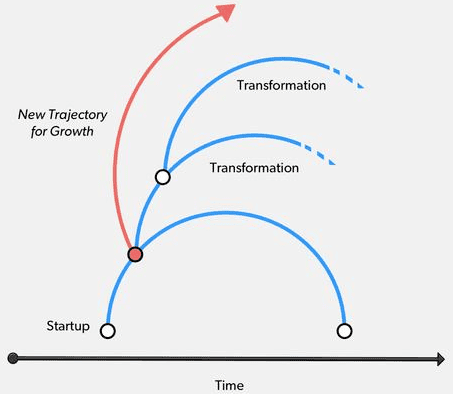
Your SaaS company is now in a prime spot! You have momentum behind you and stability in front of you. “You have the talent, money and market influence to do something new while maintaining and growing the core business,” says Leslie. Alternatively, you may be considering an exit strategy at this point.
Wrap-up
With premature scaling being the reason 70% of startups fail, it is vital to identify the points at which your SaaS can successfully expand.
By understanding the major stages of a SaaS company, you can create and implement better strategies for growth at every phase. And no matter where your SaaS company currently is in its life cycle, there are always opportunities to learn, adapt and excel.
And remember that if you’re looking for a recurring billing solution, Maxio is here to help. We have built a world-class billing platform that integrates with a variety of leading payment gateways, can handle customized recurring billing requirements, assist with subscription management and provide security for your customers’ data—we’re Level 1 PCI compliant. Not to mention that we’ve just brought on ProRata to handle the new ASC 606 and IFRS 15 accounting standards for recurring revenue recognition. Stop mucking around with building your own billing app and let us do the heavy lifting. Your business has other things to focus on.
Do you have any tips for what a SaaS company should be doing or watching out for at each stage along the way? Let us know in the comments below.

